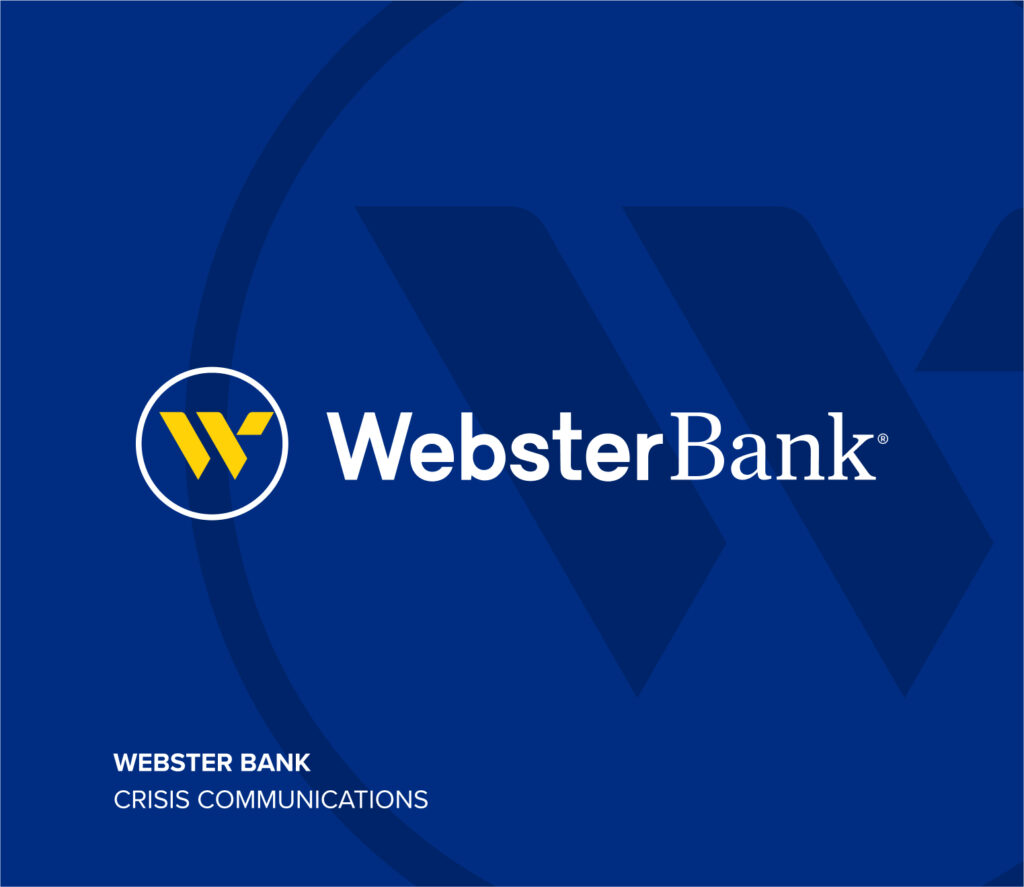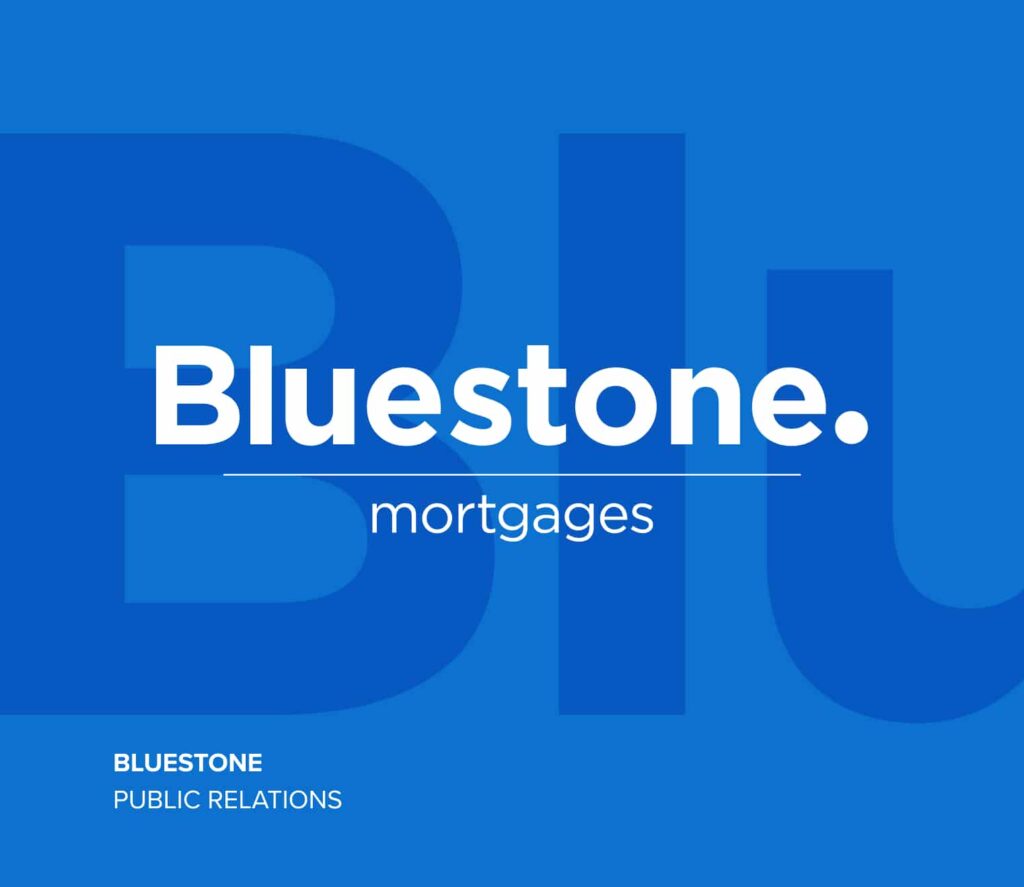Previously published on April 9, 2025 in
Bank Marketing Leaders Reallocate Dollars in Urgent Search for Performance
Bank marketers are spending 2025 with tighter margins, rising expectations, and a more focused goal: justify every dollar spent. About 39% of financial institutions say their budgets will stay flat in the coming year, and another 7% claim it will decrease slightly or significantly. Sixty percent will allocate 5% or less of their revenue toward marketing.
The days of broad campaigns are going away, replaced by performance-driven strategies and constant pressure to prove ROI. Digital channels now dominate bank marketing budgets over offline channels, as banks focus on what moves the needle to keep and attract customers.
But spending looks different across the industry. Some banks are reallocating towards high-performing digital platforms. Others are testing new formats, automating creative work, or refining local targeting with more traditional tactics.
The challenge of driving new deposits and retaining customers, all while navigating shrinking resources, means banks are rethinking how they allocate advertising budgets and what success looks like.
Digital Channels Dominate
According to BAI, digital channels now represent nearly 62% of bank marketing budgets, compared to 38% for offline channels. This shift reflects a growing focus on platforms that deliver clear attribution and measurable results.
“Banks today are prioritizing digital channels for efficiency, scale, and personalization,” Lisa Nicholas, senior vice president of marketing products and strategy at Vericast, a marketing and data analytics company, tells The Financial Brand. “But smart marketers still use traditional media to reinforce messaging and connect locally.”
According to Vericast’s Lookback Trends that Will Define 2025: Banking Ad Trends report, financial institutions are narrowing their focus to the channels and tactics that deliver. Social media remains dominant, while display ads have declined. Since TikTok and YouTube have surged in the last two years, mobile-first strategies drive much of the planning.
At MSU Federal Credit Union, digital channels are the priority for acquisition, but not the whole story. “Digital channels continue to be a priority due to their ability to provide measurable results and targeted reach,” says Maria Presocki, vice president of marketing at MSUFCU. “However, we recognize the importance of traditional media, particularly for brand awareness and community engagement.”
Channel selection also varies by a financial institution’s size and overall strategy. “Banks, like most areas of financial services, are increasingly prioritizing digital advertising over traditional channels,” says Chad Schmidt, vice president and digital advertising specialist at Vested, a marketing and communications agency focused on the financial sector.
“Performance marketing is now the focus. The ability to directly attribute spend to customer actions — whether that’s account sign-ups, mortgage inquiries, or engagement metrics — makes digital the dominant choice.”



